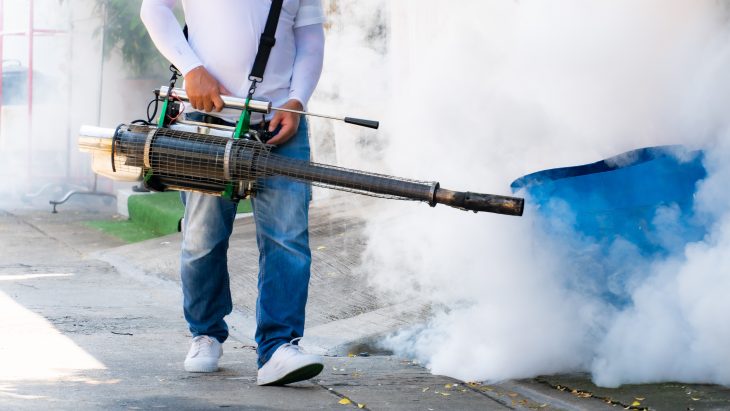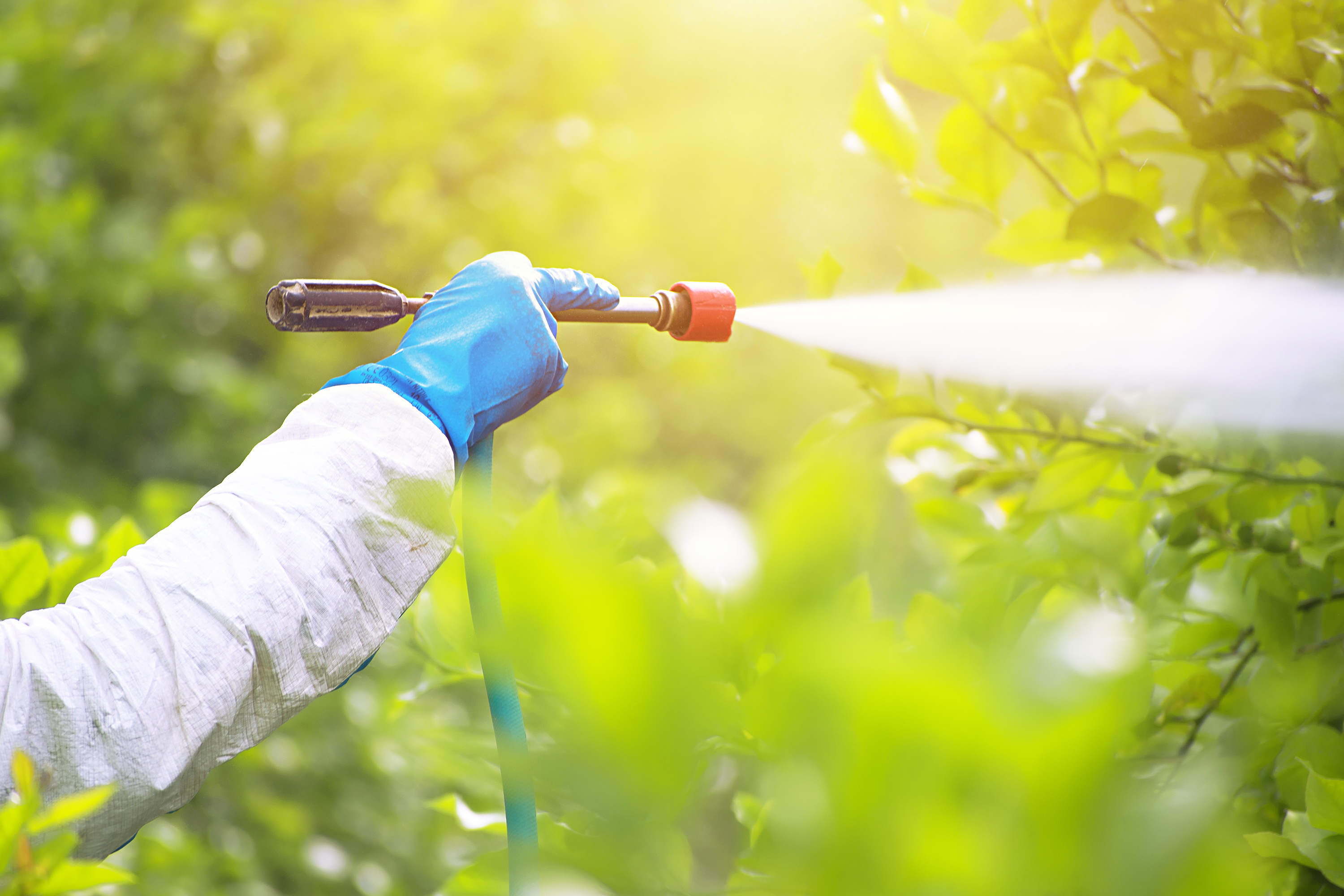
When we think of pest control, the images that most commonly come to mind are of swatting at flies, setting out mousetraps, or maybe even wielding a can of insecticide against a line of ants. However, when the infestation gets severe, it’s time to call in the big guns, and that often means fumigation. In this comprehensive article, we’ll delve into 19 intriguing facts about fumigation, shedding light on this essential, albeit often misunderstood, pest control method.
Fumigation: A Definition
Fumigation is a pest control method that completely fills an area with gaseous pesticides—or fumigants—to suffocate or poison the pests within.
Targets a Range of Pests
Fumigation is versatile. It effectively handles a wide range of pests including termites, beetles, bed bugs, moths, rats, and more.
It’s Not a DIY Project
Fumigation is a complex procedure that requires professional training and special equipment. Thus, it’s not a recommended DIY project for homeowners.
Types of Fumigation
There are various types of fumigation, including gas fumigation, liquid fumigation, and solid fumigation. The choice depends on the nature of the infestation.
Fumigation vs Fogging
Though both methods use fog to kill pests, they’re not the same. Fogging uses a fogger to spread a liquid insecticide in a space, while fumigation involves releasing a gas.
Tenting During Fumigation
Tenting, or covering a structure with a tarp, is often part of the fumigation process. This ensures that the gas stays inside to effectively eliminate pests.

Fumigation is Time-Consuming
Fumigation isn’t a quick process. Depending on the severity of the infestation, it can take up to a week for the procedure to be completed and the area to be safe for re-entry.
Fumigation Safety Precautions
Fumigants are toxic, and therefore, numerous safety measures are put in place during fumigation. Occupants, pets, and plants must leave the premises, and warning signs are posted.
The Power of Sulfuryl Fluoride
Sulfuryl fluoride is a common fumigant, known for its ability to penetrate hard-to-reach areas. It leaves no residue, making it a preferred choice for many professionals.
Fumigation and Food Industry
Fumigation is widely used in the food industry to control pests in stored products. It helps maintain hygiene standards and prevent contamination.
Quarantine Fumigation
Quarantine fumigation is used to control the spread of pests from one location to another, particularly in the import and export of goods.
Fumigation for Wood-Destroying Insects
Fumigation is a common treatment for wood-destroying insects, like termites and beetles. The gas penetrates deep into wood structures, ensuring the pests are thoroughly eliminated.

History of Fumigation
Fumigation has a long history. Early instances date back to ancient civilizations that used sulfur fumes to disinfect homes and destroy pests.
Fumigation vs Spot Treatment
While spot treatments target specific areas, fumigation treats the entire structure. For extensive infestations, fumigation can be more effective.
Fumigation in Agriculture
Fumigation is essential in agriculture, where it is used to control soil-borne diseases and pests. It helps to ensure a healthy, productive crop.
Preparation is Key
Preparation for fumigation involves a number of steps, including sealing foods, arranging for a place to stay, and ensuring that all living beings are out of the property.
After Fumigation
Re-entry after fumigation is only permitted when all fumigant residues have dissipated. Professionals conduct a thorough check to ensure safety before allowing re-entry.
Fumigation and the Environment
While effective, fumigation raises environmental concerns due to the potential ozone layer effects of some fumigants. However, the industry is shifting towards more environmentally friendly alternatives.
The Future of Fumigation
The future of fumigation is promising, with advancements in technology leading to more efficient and less toxic fumigation methods.
Conclusion
Fumigation is a crucial tool in the battle against pest infestations. Despite its toxic nature, when handled by trained professionals, it offers an effective solution to some of the most stubborn pest problems. Armed with these 19 facts, you now have a deeper understanding of what fumigation entails and why it plays such a vital role in pest control. Knowledge, after all, is the key to making informed decisions. And when it comes to keeping our homes and businesses pest-free, that knowledge is indeed power.
Was this page helpful?
Our commitment to delivering trustworthy and engaging content is at the heart of what we do. Each fact on our site is contributed by real users like you, bringing a wealth of diverse insights and information. To ensure the highest standards of accuracy and reliability, our dedicated editors meticulously review each submission. This process guarantees that the facts we share are not only fascinating but also credible. Trust in our commitment to quality and authenticity as you explore and learn with us.
